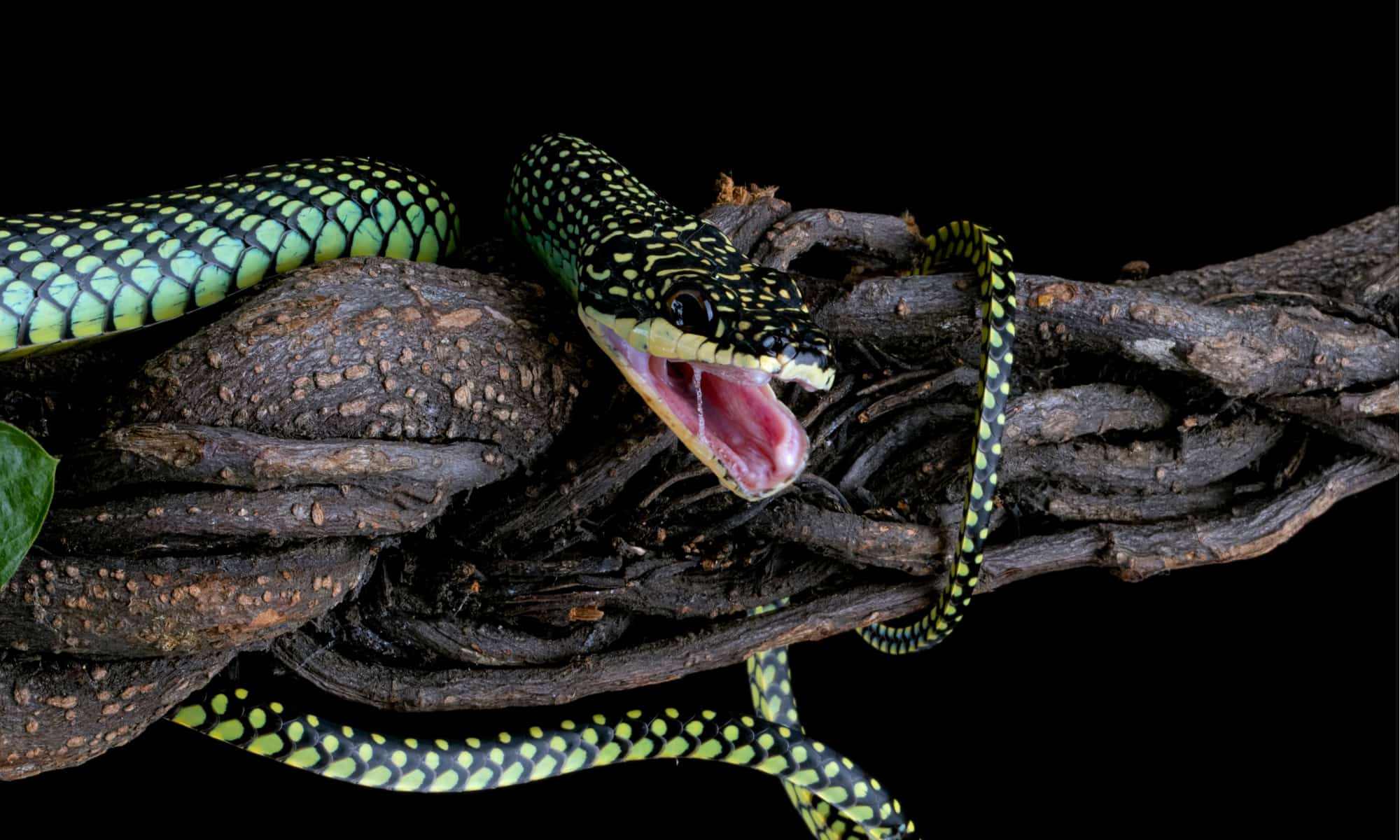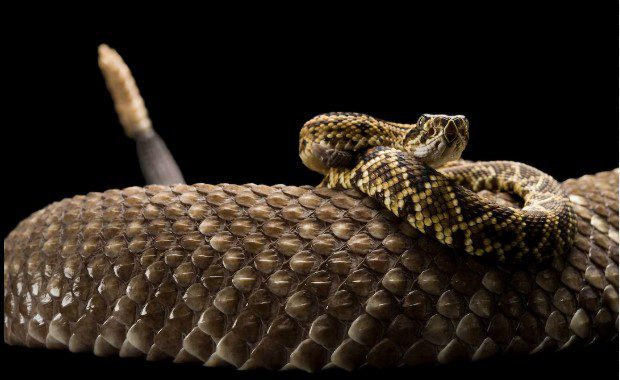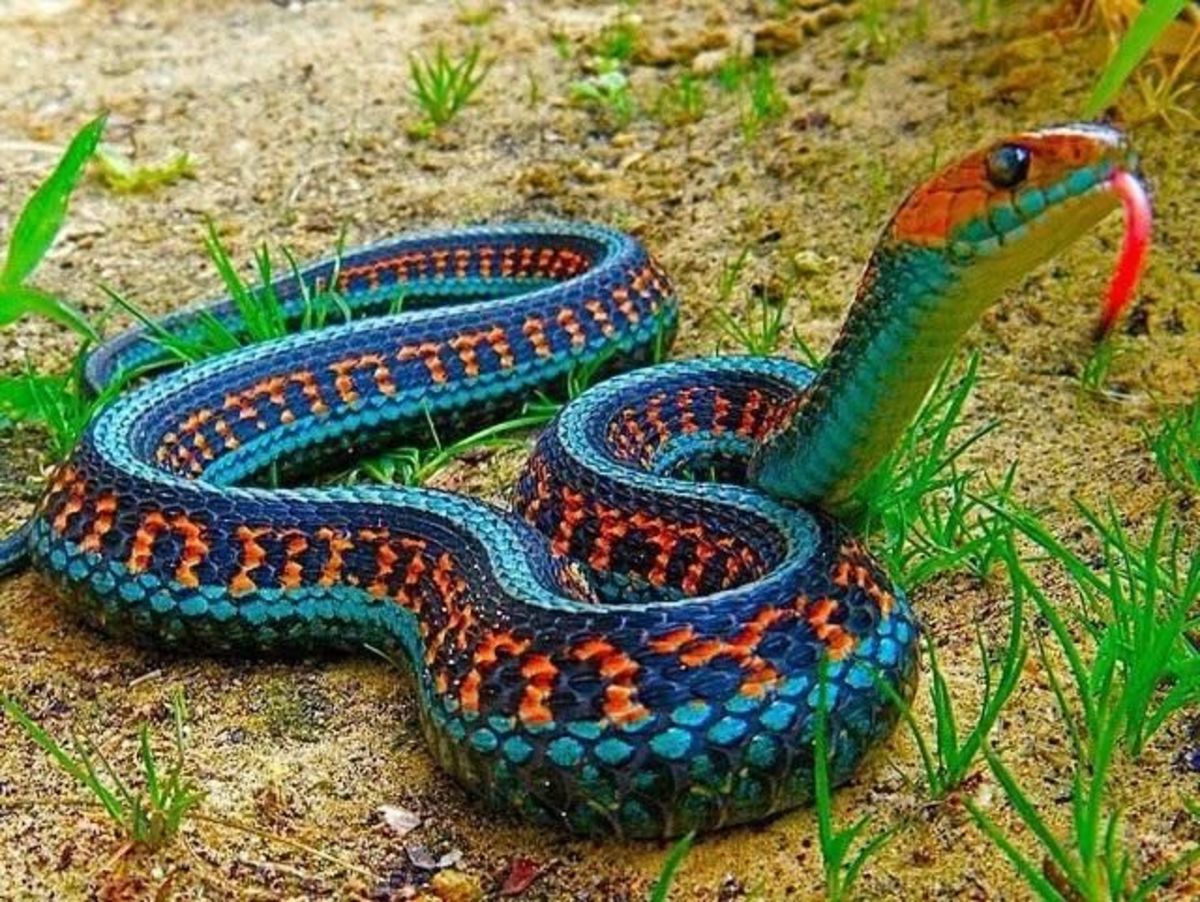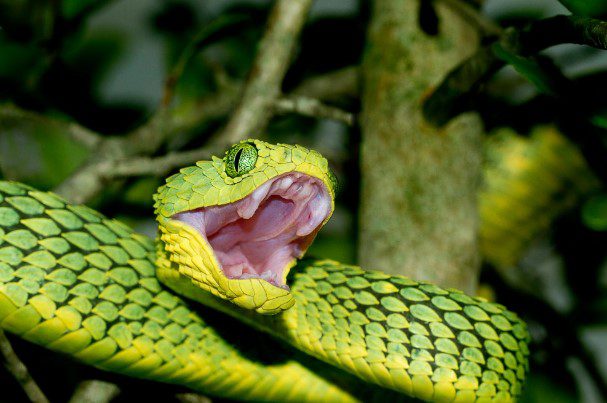- Best Types Snakes In The World
- Introduction
- Factors That Determine the “Best” Snakes
- Best Pet Snakes
- Best Snakes for Beginners
- Best Snakes for Experienced Keepers
- Best Non-Venomous Snakes
- Best Venomous Snakes (for Professionals Only)
- Best Constrictor Snakes
- Best Snakes for Educational Purposes
- Best Snakes by Region (e.g., North America, Asia, Africa)
- Conservation and Ethical Considerations
- Conclusion
- FAQS
- Introduction
Best Types Snakes In The World

Introduction
Snakes are among the most fascinating and diverse creatures on Earth, captivating people with their unique behaviors, striking colors, and important roles in ecosystems. With over 3,000 species found across every continent except Antarctica, snakes vary widely in size, temperament, habitat, and level of care required. For those interested in reptiles—whether as pets, research subjects, or purely for admiration—it can be challenging to determine which types of snakes are best suited to their needs or interests. Some snakes are prized for their docile nature and ease of care, while others are known for their beauty, rarity, or ecological significance.
This guide explores the best types of snakes across various categories, from beginner-friendly species to exotic varieties suited for experienced handlers. Whether you’re a hobbyist, educator, or conservationist, understanding what makes a snake “the best” can help you make informed, ethical, and rewarding choices.
Factors That Determine the “Best” Snakes
Determining the “best” snakes depends on several factors, including temperament, size, feeding habits, habitat requirements, and whether the snake is venomous or non-venomous. For pet owners, ease of care and a calm demeanor are usually top priorities. In contrast, researchers or enthusiasts might value rarity, ecological importance, or specific traits like color morphs. It’s important to evaluate both the keeper’s experience level and the snake’s needs to ensure a healthy, ethical relationship.
Best Pet Snakes
Some snake species make ideal pets due to their manageable size, gentle nature, and low-maintenance care needs. Popular pet snakes include the Ball Python, Corn Snake, and California Kingsnake. These snakes are generally non-aggressive, easy to feed, and adaptable to life in captivity. They also tolerate handling well, making them great companions for beginners and seasoned reptile enthusiasts alike. Choosing a good pet snake involves researching its needs and ensuring you can meet them consistently.
Best Snakes for Beginners
For first-time snake owners, it’s essential to choose species that are easy to care for, docile, and forgiving of minor mistakes. Corn Snakes, Ball Pythons, and Rosy Boas are often recommended for beginners due to their calm temperaments and relatively simple housing needs. These snakes typically eat readily and don’t require complex environmental conditions. Their predictable behavior and manageable size make them ideal for learning the basics of reptile care without overwhelming challenges.
Best Snakes for Experienced Keepers

Experienced snake keepers often look for more challenging or exotic species to expand their knowledge and collection. Species like the Green Tree Python, Boa Constrictor, or even some rear-fanged snakes require more specialized care, handling experience, and environmental control. These snakes may have more complex dietary needs, sensitivity to habitat changes, or defensive behaviors. For advanced enthusiasts, these species offer a rewarding but demanding experience that pushes the boundaries of reptile husbandry skills.
Best Non-Venomous Snakes
Non-venomous snakes are often favored for their safety, especially by pet owners and educators. Popular non-venomous species include the Ball Python, Corn Snake, and Gopher Snake. These snakes are harmless to humans and play crucial roles in controlling pest populations in the wild. Their calm nature and ease of care make them ideal for homes, classrooms, and wildlife programs. Non-venomous snakes offer the intrigue of reptiles without the added risk of venomous bites.
Best Venomous Snakes (for Professionals Only)
Venomous snakes are best suited for trained professionals and should never be kept by unqualified individuals. Species like the King Cobra, Gaboon Viper, and Coral Snake are admired for their beauty and potency but require strict safety protocols and specialized enclosures. These snakes are often studied for their venom’s medical applications or kept in controlled environments such as zoos and research facilities. Handling them demands expertise, respect, and legal clearance in many regions.
Best Constrictor Snakes
Constrictor snakes kill their prey by wrapping around and suffocating it, rather than using venom. Some of the most well-known and respected constrictors include the Boa Constrictor, Ball Python, and Carpet Python. These snakes vary in size, care needs, and temperament, but many are popular in captivity due to their generally calm behavior and impressive appearance. While some constrictors are beginner-friendly, larger species require more space, strength, and experience to handle responsibly and safely.

Best Snakes for Educational Purposes
Snakes used in educational settings need to be safe, calm, and visually engaging. Species like the Corn Snake, Milk Snake, and Kenyan Sand Boa are excellent choices for classrooms, nature centers, and public demonstrations. These snakes tolerate handling well and are typically non-aggressive, making them ideal for teaching about reptile biology, conservation, and ecosystem roles. Their manageable care requirements and striking colors help spark curiosity and appreciation among students and audiences of all ages.
Best Snakes by Region (e.g., North America, Asia, Africa)
Different regions of the world are home to unique and remarkable snake species. In North America, the Eastern Indigo Snake and Garter Snake stand out for their ecological roles and adaptability. Asia boasts species like the Reticulated Python and Banded Krait, while Africa is known for the African Rock Python and Boomslang. Each region offers snakes with distinct behaviors, appearances, and habitats, reflecting the biodiversity and ecological richness of their environments.
Conservation and Ethical Considerations
When choosing or studying snakes, it’s important to consider conservation status and ethical practices. Some species are endangered due to habitat loss, illegal trade, and human conflict. Supporting captive-bred snakes and avoiding wild-caught specimens helps reduce pressure on native populations. Responsible ownership, proper education, and involvement in conservation efforts contribute to the protection of these vital reptiles. Ethical considerations ensure that our fascination with snakes doesn’t come at the cost of their survival in the wild.
Conclusion
Snakes are incredibly diverse creatures, each species offering something unique in terms of behavior, appearance, and suitability for different purposes. Whether you’re a beginner looking for a gentle pet or a professional working with venomous species, there’s a “best” snake for every level of experience and interest. Understanding their needs and choosing responsibly ensures a safe, rewarding, and ethical relationship. With proper care and respect, snakes can be both captivating companions and essential parts of our ecosystems.
You Can Also Read: Most Dangerous Animals
FAQS
What is the best kind of snake?
Ball Python – Ball Pythons are the most popular snake pets to own. They are small, docile, and easy to care for. Ball Pythons come in a variety of colors and patterns, and they are great for beginners. Corn Snake – Corn Snakes are known for their docile nature and friendly temperament.
What is the king of all snakes?
The “king of all snakes” is commonly referred to as the King Cobra (Ophiophagus hannah). It is the world’s largest venomous snake, found predominantly in forests of Asia. King cobras are apex predators, primarily eating other snakes, including cobras, and have been known to prey on larger pythons.
What snakes don’t bite?
These include corn snakes, hognose snakes, rosy boas, rubber boas, garter snakes, ball pythons, egg-eating snakes, and Children’s pythons, making them suitable for pet enthusiasts. Biting in snakes is usually a defensive activity, and several factors trigger the behavior.
Who is the god of all snakes?
Manasa. Manasa is the Hindu goddess of snakes. She is mainly worshiped mainly in northern India for prevention and protection from snakebite and for fertility and prosperity. Manasa is the sister of Sheshnag and Vasuki, and is the daughter of Shiva.
Can a python bite?
Burmese Pythons may bite to defend themselves. Small individuals are not generally dangerous to people or pets. However, larger Burmese Pythons have large, sharp teeth, and their bites can cause severe lacerations. Large animals are also fully capable of eating dogs and cats.
